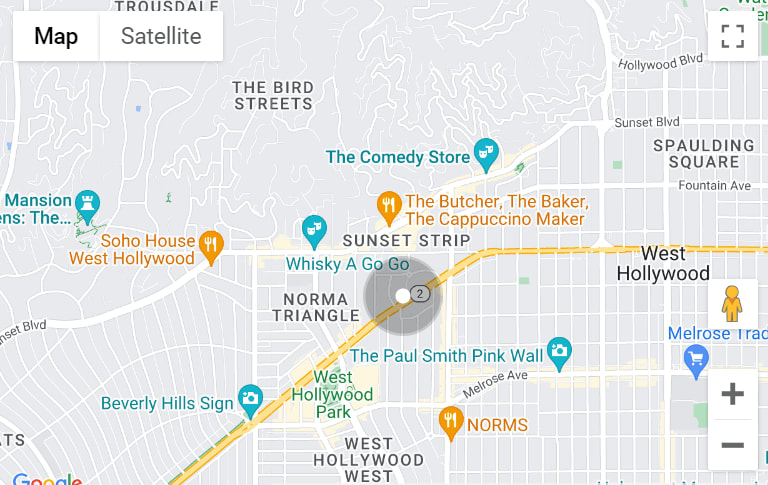
The intricacies of New York City’s zoning laws tend to make even the wonkiest of city wonks’ eyes glaze over, but it’s almost impossible to overstate the importance of those byzantine rules and the impact they have on life in New York.
The city’s zoning resolution divides up land around the city for distinct uses (residential, commercial, or manufacturing) and dictates how particular sites can be used—preventing say, a power plant from being built within a residential neighborhood. If a developer does want to build something that doesn’t fit with an area’s particular zoning designation, they must go through the city’s lengthy land use review process, known as the Uniform Land Use Review Procedure.
Okay, help me out: What is ULURP used for?
The vast majority of development in New York is done “as of right,” meaning the proposed use for a project matches a given site’s zoning and can proceed without a separate review. But if a developer wants to construct a residential building on land zoned for manufacturing, for example, the zoning designation must be changed, which is where ULURP comes in. Basically, name any major development of the past few years—the creation of Hudson Yards, for example, or the redevelopment of the Bedford-Union Armory in Crown Heights—and chances are it’s gone through ULURP.
How does the process work, exactly?
A typical review can take up to a year to unfold: First, a developer must file an application with the Department of City Planning (DCP), and may be asked to submit an Environmental Impact Statement, which shows how a development might impact the surrounding area.
The next stages are where things tend to heat up: Once a proposal is submitted, the local community board gets 60 days to review it before voting on the project, followed by a 30-day period for the borough president to review the idea and offer their recommendations. It’s also considered by the 13-member City Planning Commission (CPC), which votes on the application; if the CPC votes to disapprove, it stops the process altogether.
If the CPC does approve the application, it moves on to the City Council, which typically follows the lead of the lawmaker in whose district a project falls. This gives that council member leverage to negotiate changes, such as height reductions or securing other commitments for their constituents. A no vote would effectively kill the proposal, though it’s rare for that to happen by the time something makes it to the full Council.
The mayor can veto the Council decision within five days, but the Council still gets the final word, with 10 days to override a mayoral veto by a two-thirds majority.
To read more about how ULRP came to be, click here.
If you are interested in learning about any new development projects coming to your neighborhood, contact us. On the Upper East side, it seems there is a project being built on every corner. We are always here to help and inform.
Warm regards,
Stacey Froelich
Stacey Froelich
